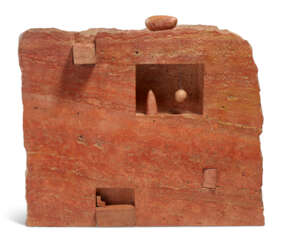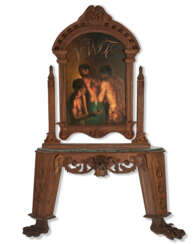
Sculptures — Latin American Art
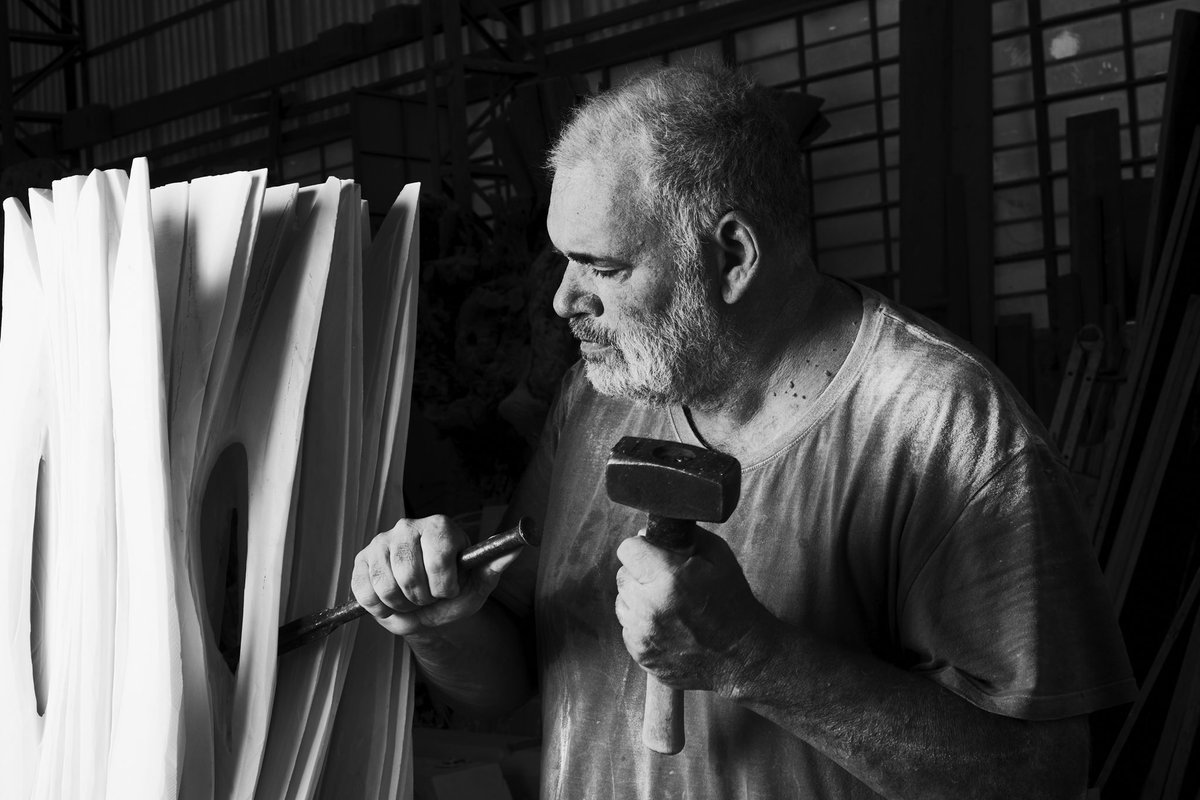
Pablo Atchugarry is a Uruguayan artist, best known for his abstract sculptural art. His works are included in many major collections, both private and public, and he has held more than one hundred solo and collective exhibitions worldwide.
For each sculpture, Atchugarry personally selects an appropriate block and is actively involved in carving it, with minimal help from assistants. He works with white Carrara marble from Tuscany, gray stone from Bardiglio, black from Belgium, and pink from Portugal. Aside from working with stone, he utilizes bronze finished in various patinas, ceramic, and, more rarely, various types of wood.
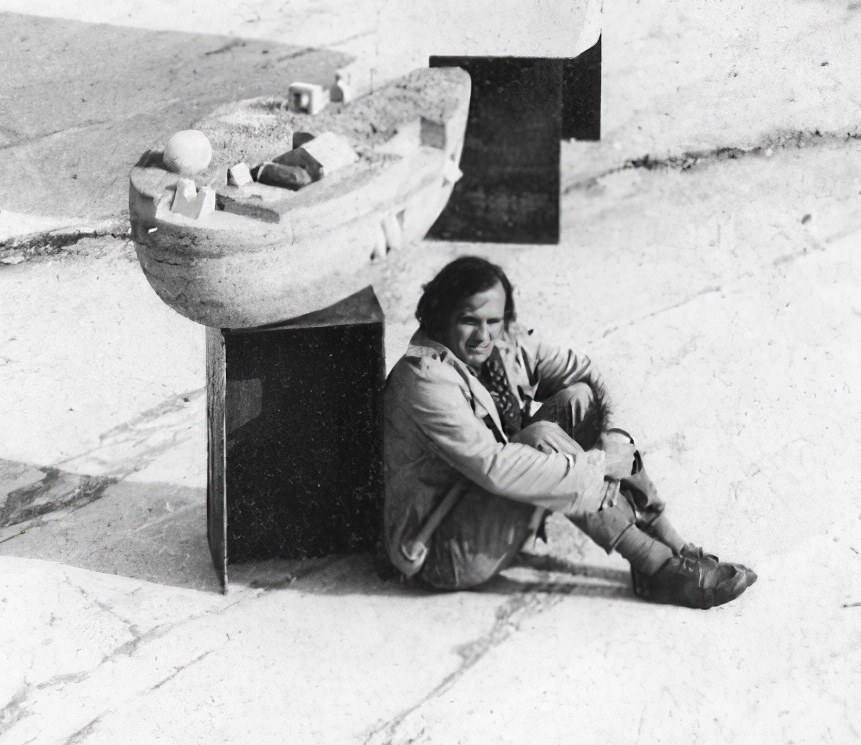
Gonzalo Fonseca was a Uruguayan artist known for his stone sculpting. He originally studied to be an architect at the University of Montevideo, but discovered modern art in 1942 after working in the Taller Torres-Garcia workshop. He studied painting in the workshop until 1949, and became interested in pre-Columbian art during that time. Fonseca is frequently associated with the movement Universal Constructivism.
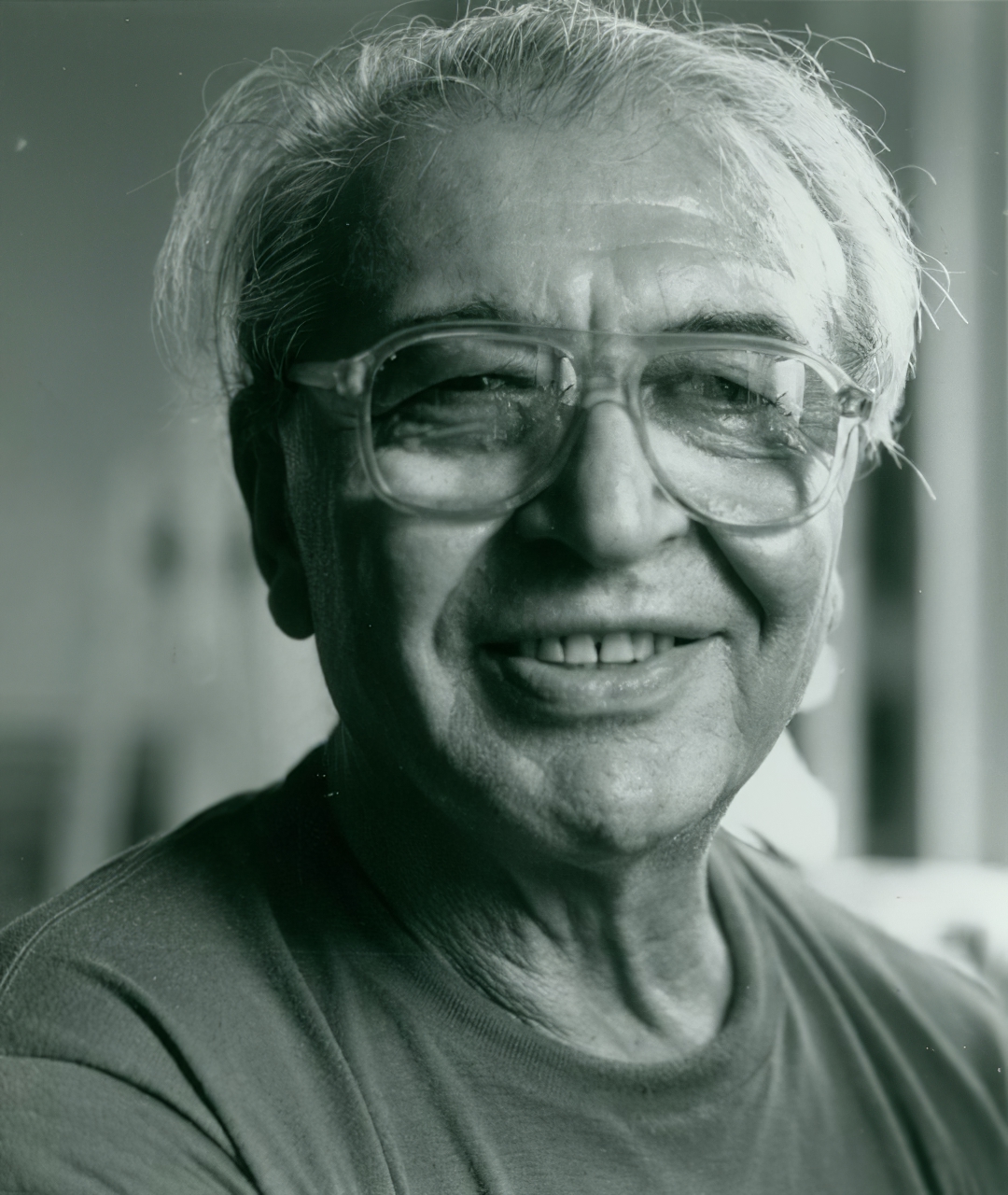
Julio Uruguay Alpuy was an Uruguayan painter, sculptor, and muralist. During his early career, Alpuy was a part of the Taller Torres-García (School of the South) and the constructive art movement. While his early works were greatly influenced by Torres-García's theories about what he called Constructive Universalism, Alpuy drew from a wide variety of cultures and myths to create works that broke the boundaries of the constructive grid. Additionally, his studies in Europe and Latin America helped develop an interest in Cubism and myths that influenced later works. Alpuy had a prolific career and his works are exhibited throughout the world.
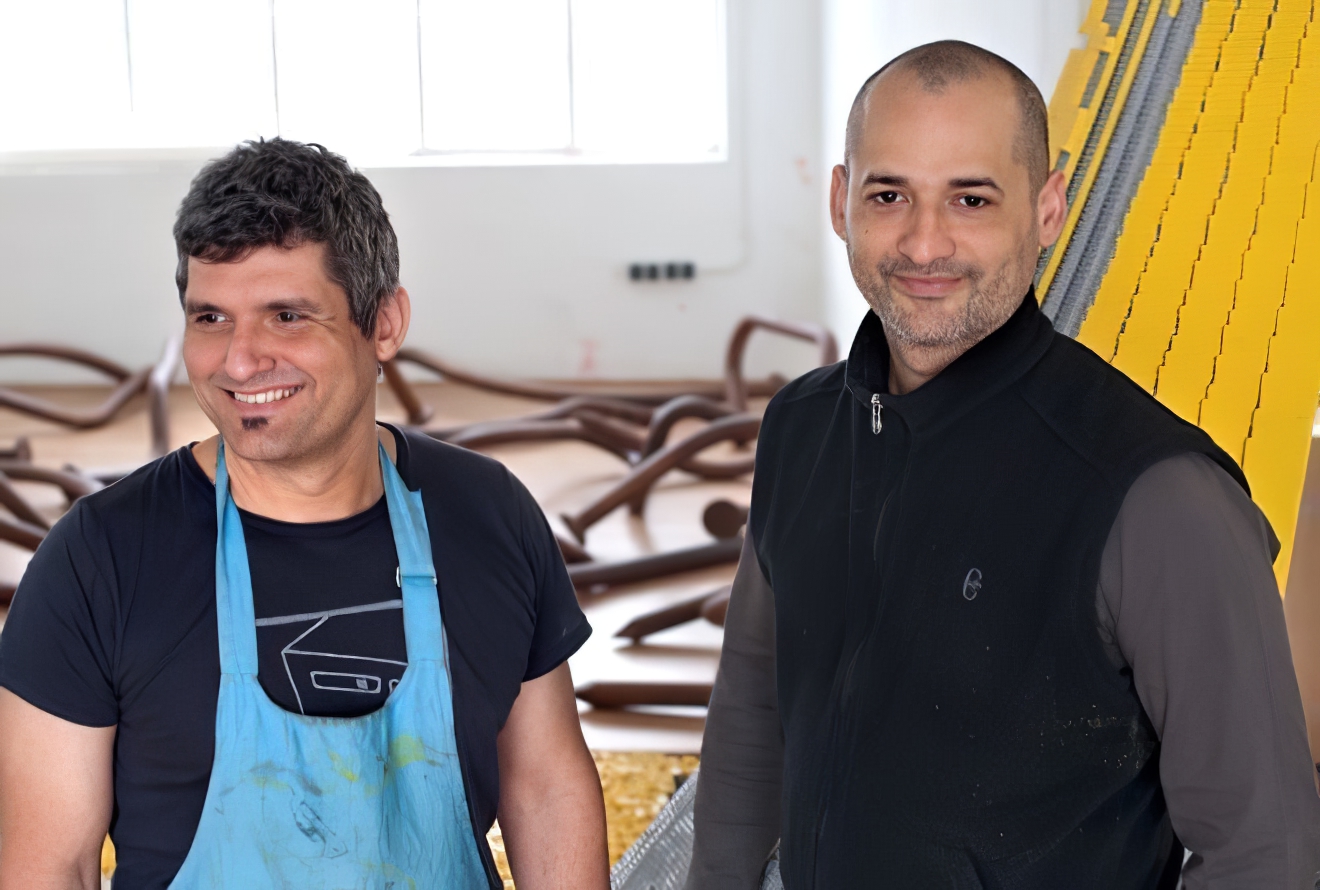
Los Carpinteros is a Cuban artist collective founded in Havana in 1992 by Marco Antonio Castillo Valdes, Dagoberto Rodriguez Sanchez, and Alexandre Arrechea (who left the group in 2003).
In their work the artists incorporate aspects of architecture, design and sculpture to create installations and drawings that “negotiate the space between the functional and the nonfunctional", where they derive their “inspiration from the physical world” and express their interest in the intersection of art and society in a humorous manner. Los Carpinteros create a response to places, spaces and objects, how they have been conceived, built, used and abandoned.


